Top 10 Questions about Lake Simcoe
Our Lake Doctor Answers These Top 10 Lake Questions
1. What’s with all the weeds in the lake?
What you call weeds, we call aquatic plants. Almost any plant is considered a “weed” if it is overgrown or unwanted.
Aquatic plants are a natural, normal and necessary part of a healthy lake ecosystem and provide many benefits for aquatic life. They provide fish with shelter, shade and protection, and a place to lay eggs or build nests. They slow the action of waves that erode the shoreline, provide calm areas for sediments to settle to the lake bottom, and their presence also helps protect against invasive plant species.
More information:
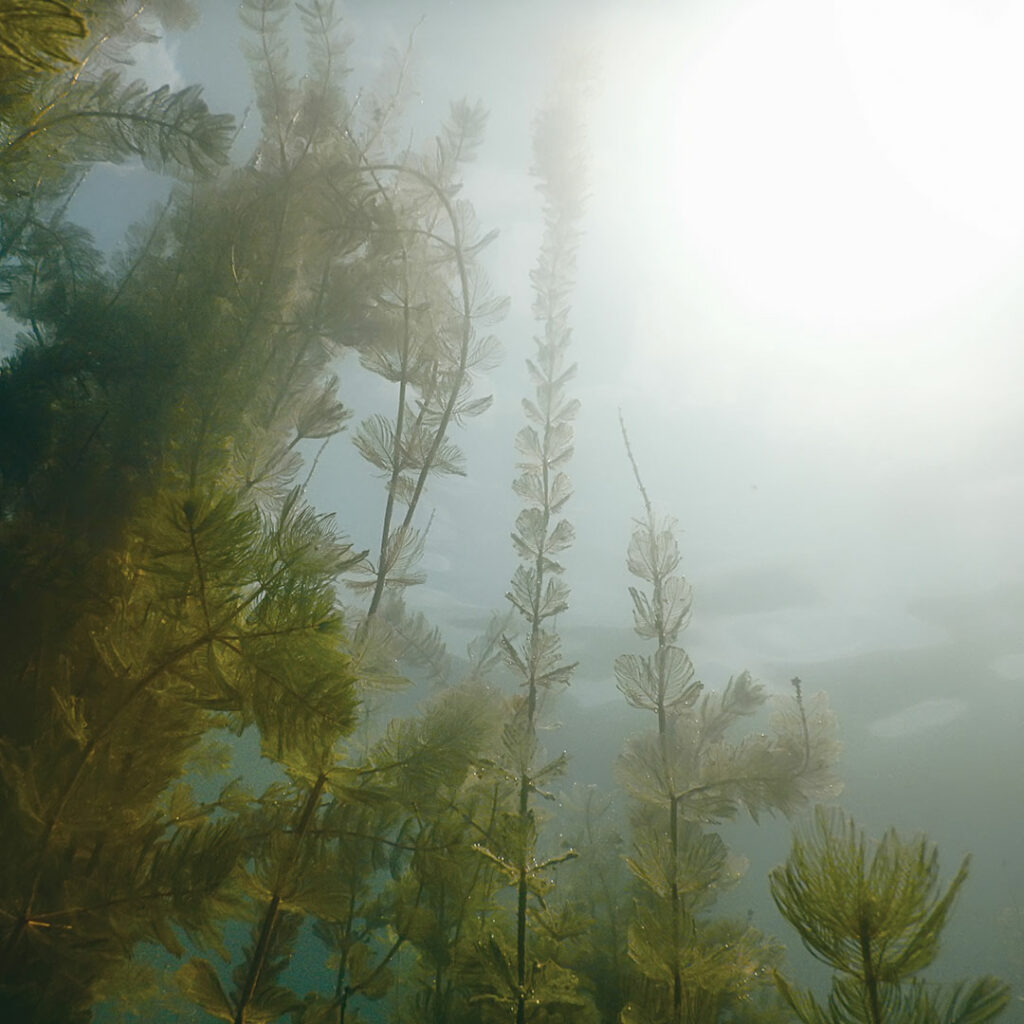
2. Are invasive species a problem in the lake?
Yes, in fact, invasive species is one of the top 3 concerns we have for Lake Simcoe, along with phosphorus and climate change.
The newest invader to Lake Simcoe is starry stonewort, an aquatic plant that arrived in the St. Lawrence River in 1974 and likely made its way to Lake Simcoe through the Trent Severn Waterway. Starry stonewort has quickly taken over Lake Simcoe. It is largely responsible for a five-fold increase in the amount of aquatic plants in Lake Simcoe in the 10 years between 2008 and 2018 and now makes up over two thirds of all aquatic plants in the lake.
Anglers should be particularly concerned about starry stonewort because it forms dense mats that even small fish cannot use as habitat and shelter. This forces them out into the open water and away from shelter. Predator fish (bass, pike, muskie), who are accustomed to “ambushing” their prey from between the plants also have to change their habitats by chasing down their prey. This pursuit means predator fish may have a harder time catching their prey and surviving. We can anticipate a less healthy predator population and eventually a decline in numbers.
More information:
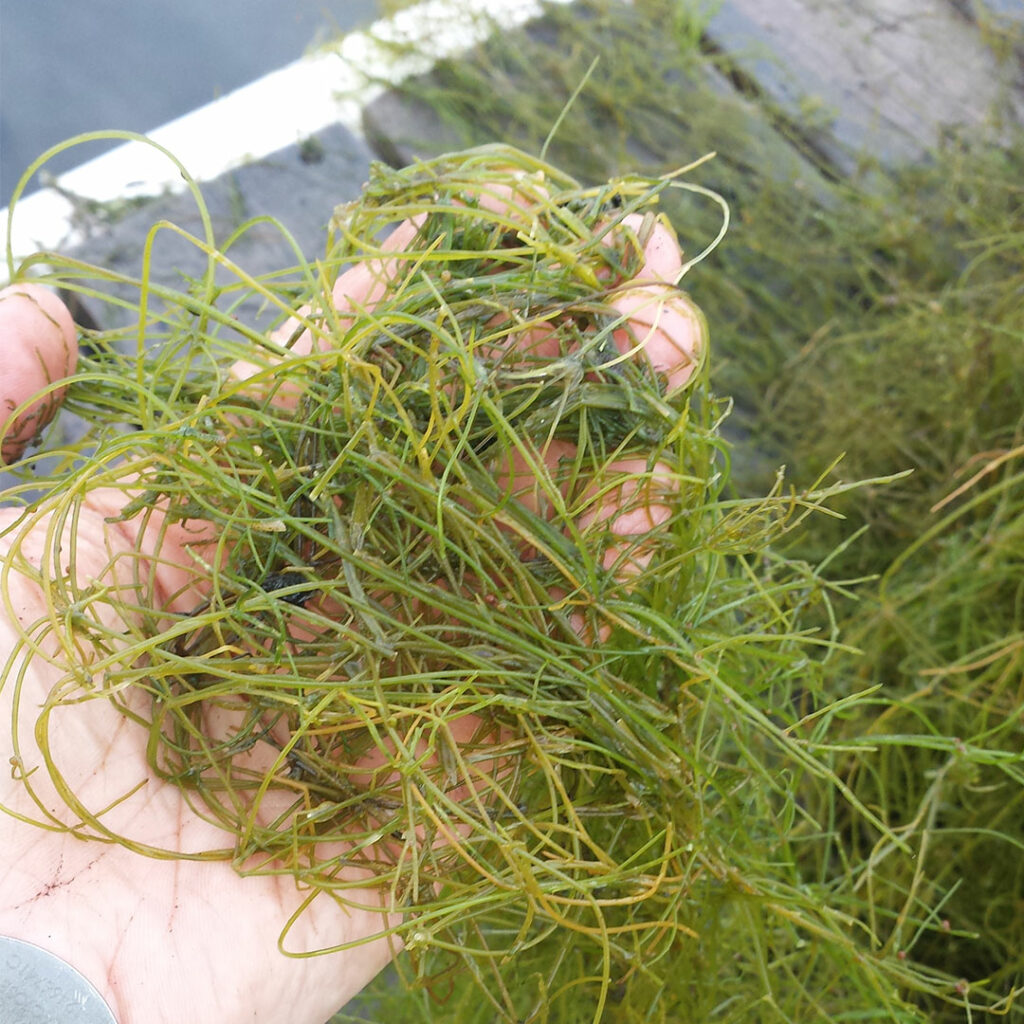
3. The lake’s water levels are too high (or too low). Can you do something?
Lake Simcoe’s water levels are managed by Parks Canada as Lake Simcoe is part of the larger Trent Severn waterway system. The Conservation Authority does not play a role in the Lake’s levels.
More information:
4. How can I have a healthier shoreline?
Watershed residents who have property on the Lake Simcoe shoreline or any of the rivers that feed into the lake play an especially important role in helping protect its health. The best way to do this is to naturalize the shoreline. The reason for this is that a natural shoreline helps the water seep into the ground instead of running directly into the lake. The ground helps filter and clean the water.
Naturalizing the shoreline is not difficult. All you need to do is plant the area adjacent to the water with native plant species. Native species have root systems that penetrate deep into the soil, often much deeper than the plant’s height, and thus help protect the area from erosion. They attract local wildlife, who use the plants for food and habitat. Native species are also beautiful to look at and can beautify your property. We believe naturalizing the area adjacent to shorelines is so important that we offer funding and technical assistance programs. Reach out to us!
More information:
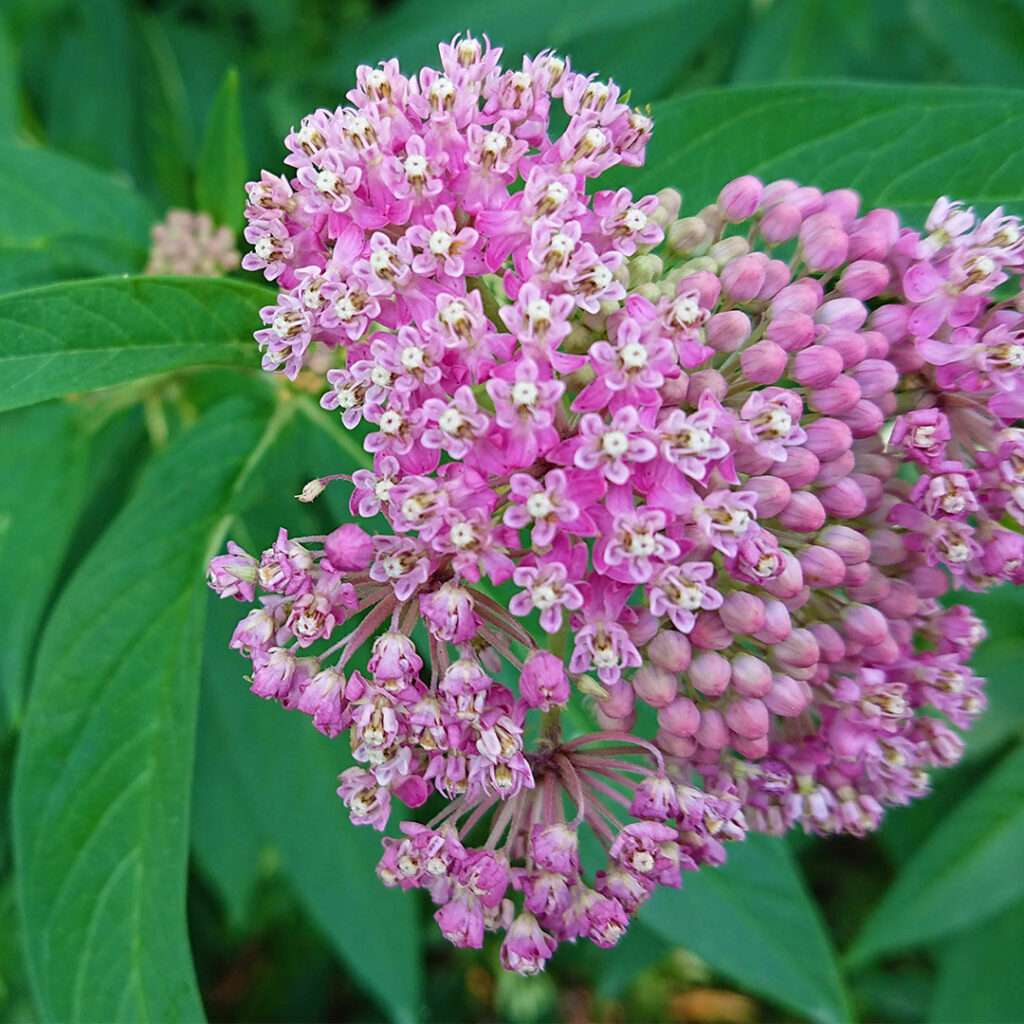
5. Are zebra mussels still an issue?
There’s actually been a shift from zebra mussels to quagga mussels. In 2009, our monitoring results showed that 84% of mussels in Lake Simcoe were zebra mussels. By 2015, this population shifted to 88% quagga mussels.
Zebra mussels have a survival strategy based on high reproduction to occupy as much space as possible. They also require a large amount of algae for food. The consequence of this strategy is that, a few years after their invasion, they “eat themselves out of house and home” and the population crashes.
Unlike zebra mussels, quagga mussels need less food and can use other nutrient-rich particles. They also thrive in the cooler, deep-water habitat as they are adapted to living on mud and silt. The lower food requirement comes in handy when they are cut off from directly feeding on algae for a large part of the year (they only have access to algae when the water column is fully mixed, in early spring, late fall, and part of the winter).
With high filtration rates, these invasive mussels have removed algae and other particles from the water, moving it to the sediment at the bottom of the lake (one reason Lake Simcoe has such clear water today). The impact caused by these invaders is so significant that they have been called “ecosystem engineers”.
More information:
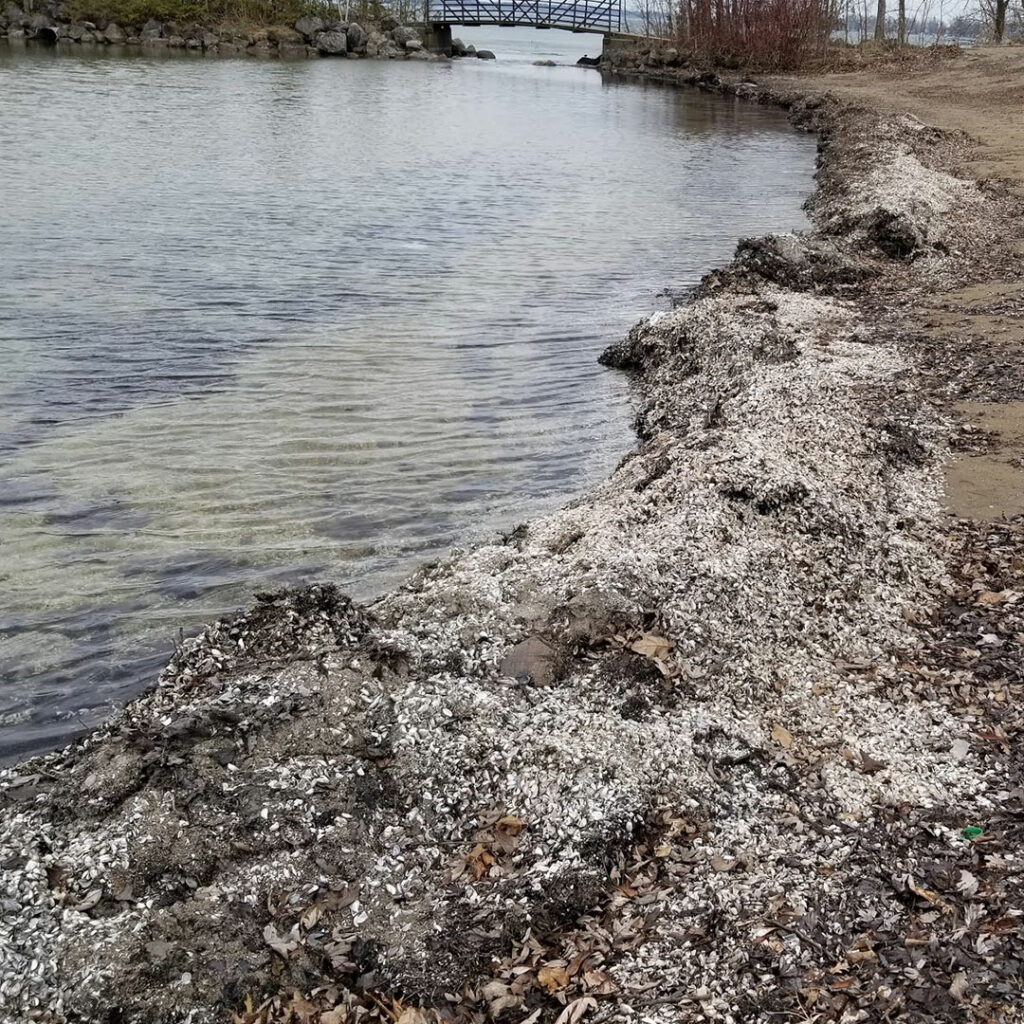
6. All this debris has washed up on my shoreline? What can I do?
Washups are common because wind and waves follow the prevailing wind. Most of the complaints this year (spring 2021) were from Innisfil and Keswick. As long as you’re not removing weeds that are attached to the bottom of the lake, you can certainly go around with a rake and pull the debris in, let it dry up on your shore and then compost it.
Never pull up weeds from the lake bottom. Those weeds are fish habitat and you could be subject to fines from the Department of Fisheries and Oceans for interfering with fish habitat. Also, removing the existing plants clears habitat space for aggressive invasive species such as starry stonewort that is more difficult to remove. Finally, you could also be making it worse by releasing tiny pieces of invasive plant species that can re-establish themselves as new plant colonies in new places.
7. What is blue green algae?
Blue-green algae are microscopic, plant-like organisms that occur naturally in ponds, rivers, lakes and streams. They are not actually a type of algae, but a bacteria known as cyanobacteria. Although often blue-green, they can also be olive-green or red.
Normally, blue-green algae are not visible in the water, but when conditions are favourable, algal populations can rapidly increase to form a large mass in the water, called a bloom. Blooms are commonly found near docks and shoreline areas in the late summer and early fall. They thrive in areas where the water is shallow, slow moving and warm, but they may be present in deeper, cooler water.
Not all blue green algae is harmful, but some can produce toxins that are harmful to the health of both humans and animals.
If you suspect a blue-green algal bloom, stay out of the water and keep your pets out as well. Call the Ministry of Environment’s Spills Action Centre at 1-866-663-8477 (MOETIPS).
More information:
Learn about Blue-Green Algae or reach out to your local Health Unit.
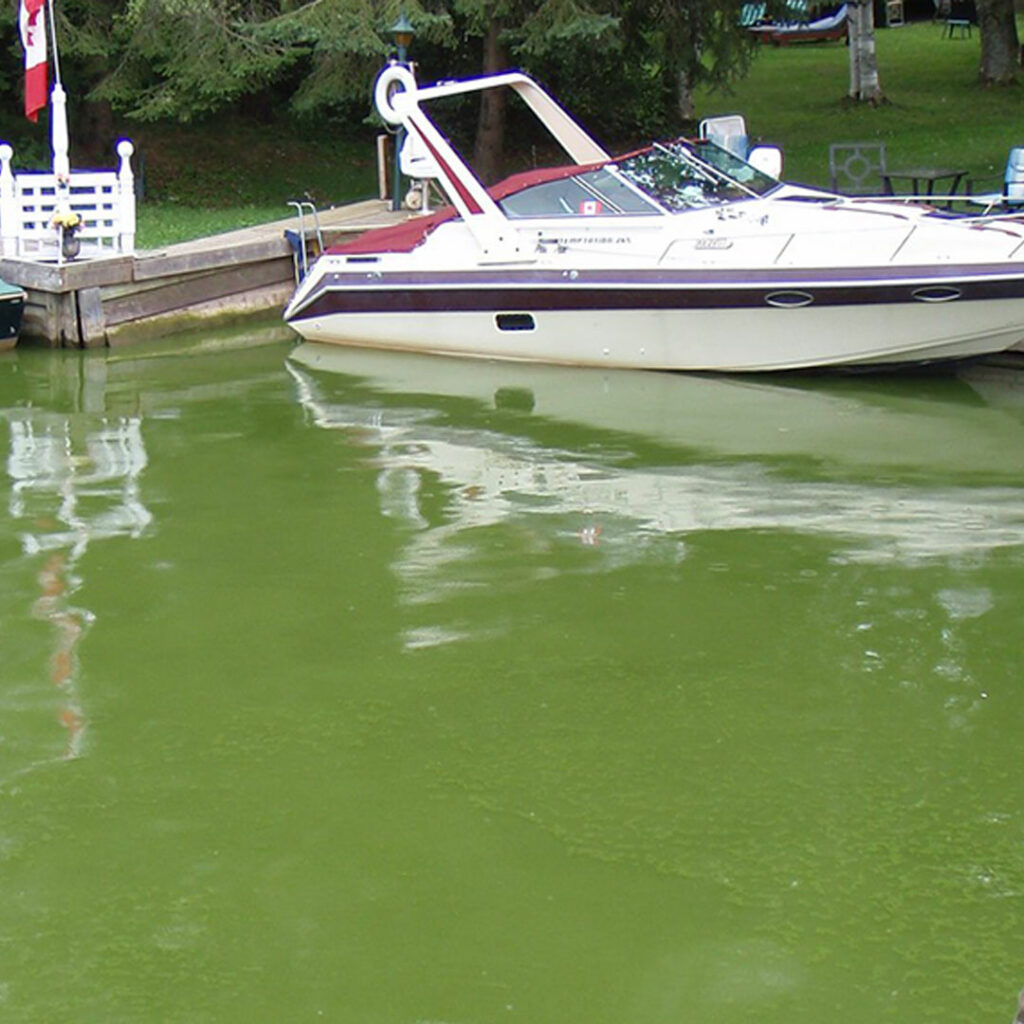
8. How do I know if the beaches are safe for swimming?
The Conservation Authority does not monitor beach water quality. This is the responsibility of local Health Units that monitor public beaches for bacteria levels.
Health Units vary in when they begin and end their testing each summer, but generally begin beach testing during the month of June and stop testing in September.
Contact your local Health Unit for more information:
- York Region Health
9. Do I need a permit for shoreline work?
This is a great question, but not one the Lake Doctor can answer. So the following response comes from staff in the Planning and Regulations Department.
What they say is that, yes, given the particularly sensitive nature of shorelines (lake, rivers, streams, etc.), you’ll probably need a permit, so it’s best to get in touch with them before planning any work on your shoreline. They’ll let you know what work is not allowed and can help guide you as to what other permits you might need. It’s possible you will need to contact your municipality or get permits from the Ministry of Natural Resources and Forestry and even the Department of Fisheries and Oceans.
By reaching out to the Conservation Authority first, you can avoid problems down the road. In the instances where a permit is not required, they’ll let you know that as well.
Remember, the staff are there to help you, while making sure that work is done with regard to the safety and protection of the watershed and all its residents.
More information about shoreline work can be found in Chapter 6 of our Watershed Development Guidelines.
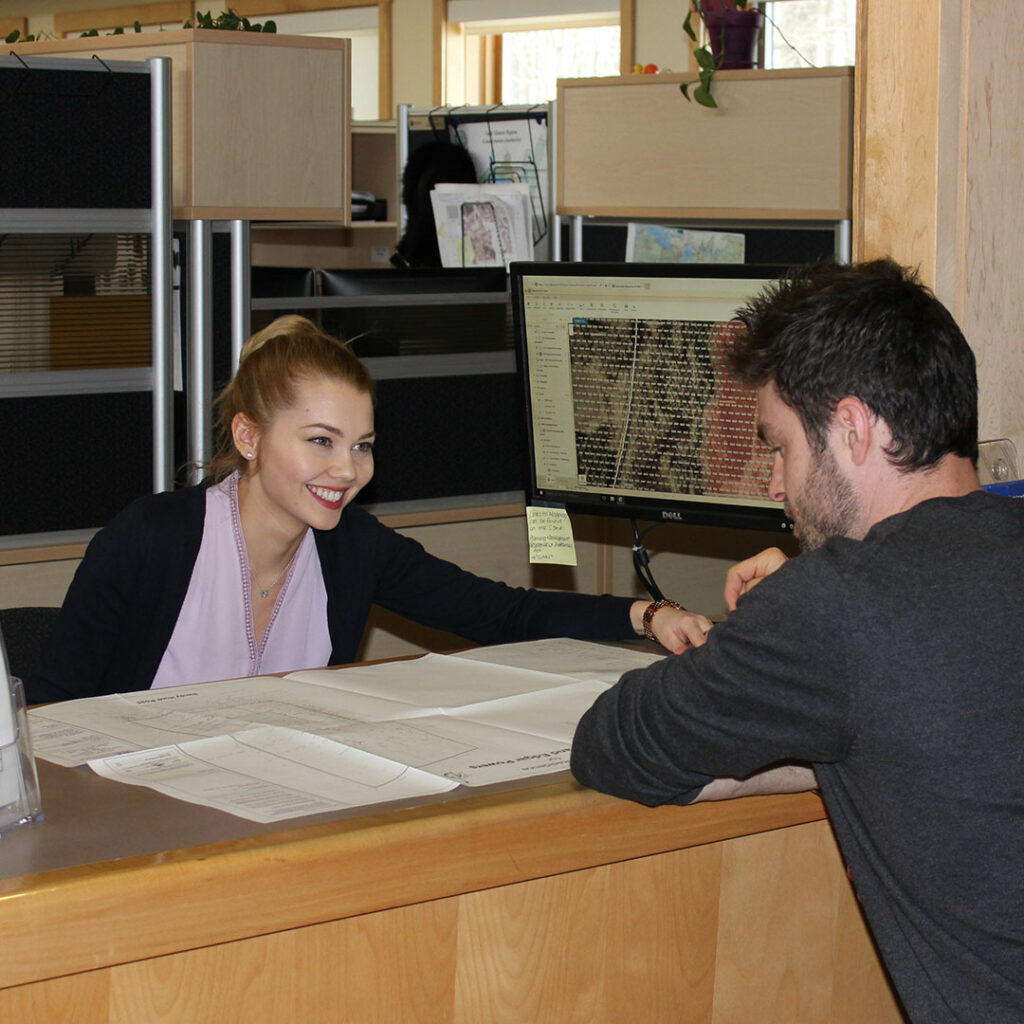
10. What’s the fuss over phosphorus?
Phosphorus has been an issue in Lake Simcoe for many decades. In fact, we began work on addressing phosphorus inputs into the lake as far back as the 1980’s when we led the formation of the Lake Simcoe Environmental Management Strategy.
Since the 1990s, phosphorus concentrations in the lake have decreased. But more work needs to be done and more is being done. In 2009, the Province of Ontario passed the Lake Simcoe Protection Plan, and we have been working collaboratively to implement additional policies and practices to reduce phosphorus through that Plan.
The Lake Simcoe Protection Plan references a target of a phosphorus load of 44 tonnes or less entering the lake each year. This target was derived based on an even more important number, which is dissolved oxygen levels, the target of which is 7 milligrams per litre. Dissolved oxygen levels are crucial to the health of our aquatic species, in this case the coldwater fish species (lake trout, lake whitefish, and cisco).
Currently, phosphorus inputs into the lake are greater than the target, but the oxygen target is doing better than it should be based on our modelling. As a result, we are doing specific research to better understand the connection between the phosphorus loads and dissolved oxygen levels in Lake Simcoe.
One thing we know for sure, Lake Simcoe is a big lake and there are a variety of factors that impact its health. Focusing on any one factor, like phosphorus, is not sufficient to understand the lake’s health. Climate change and invasive species also play major roles in the lake’s health. Just like indicators such as a person’s weight or blood pressure numbers don’t give a full picture of one’s health, we need to look beyond phosphorus loads and dissolved oxygen to understand the full picture on the lake’s health.
More information:
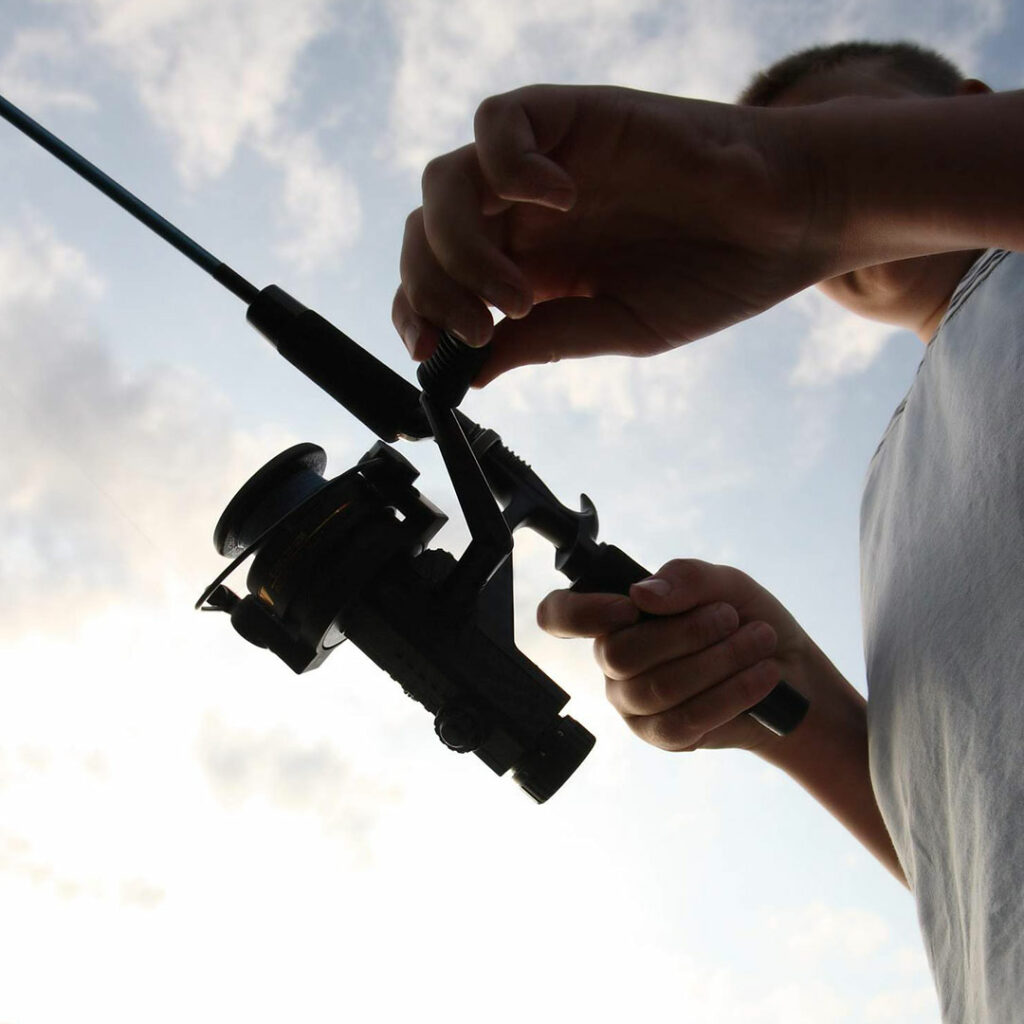
Meet the Lake Doctor
Dr. Brian Ginn, our Lake Doctor, has been with Lake Simcoe Conservation team for more than ten years. Brian obtained his PhD from Queen’s University, and his Bachelor’s and Master’s degrees from University of New Brunswick. Brian is one of only three Certified Lake Managers in Canada, certified with the North American Lake Management Society (NALMS).
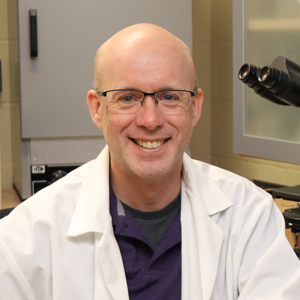
![]() Who to Contact
Who to Contact
Customer Service
✆ 905-895-1281
✆ 1-800-465-0437 Toll free
✉ info@LSRCA.on.ca
![]() Related Information
Related Information
![]() Join our mailing lists!
Join our mailing lists!
Lake Simcoe Buzz News and events
Don’t miss out on the next camp or community event. Join our Education Programs and Services email list.
